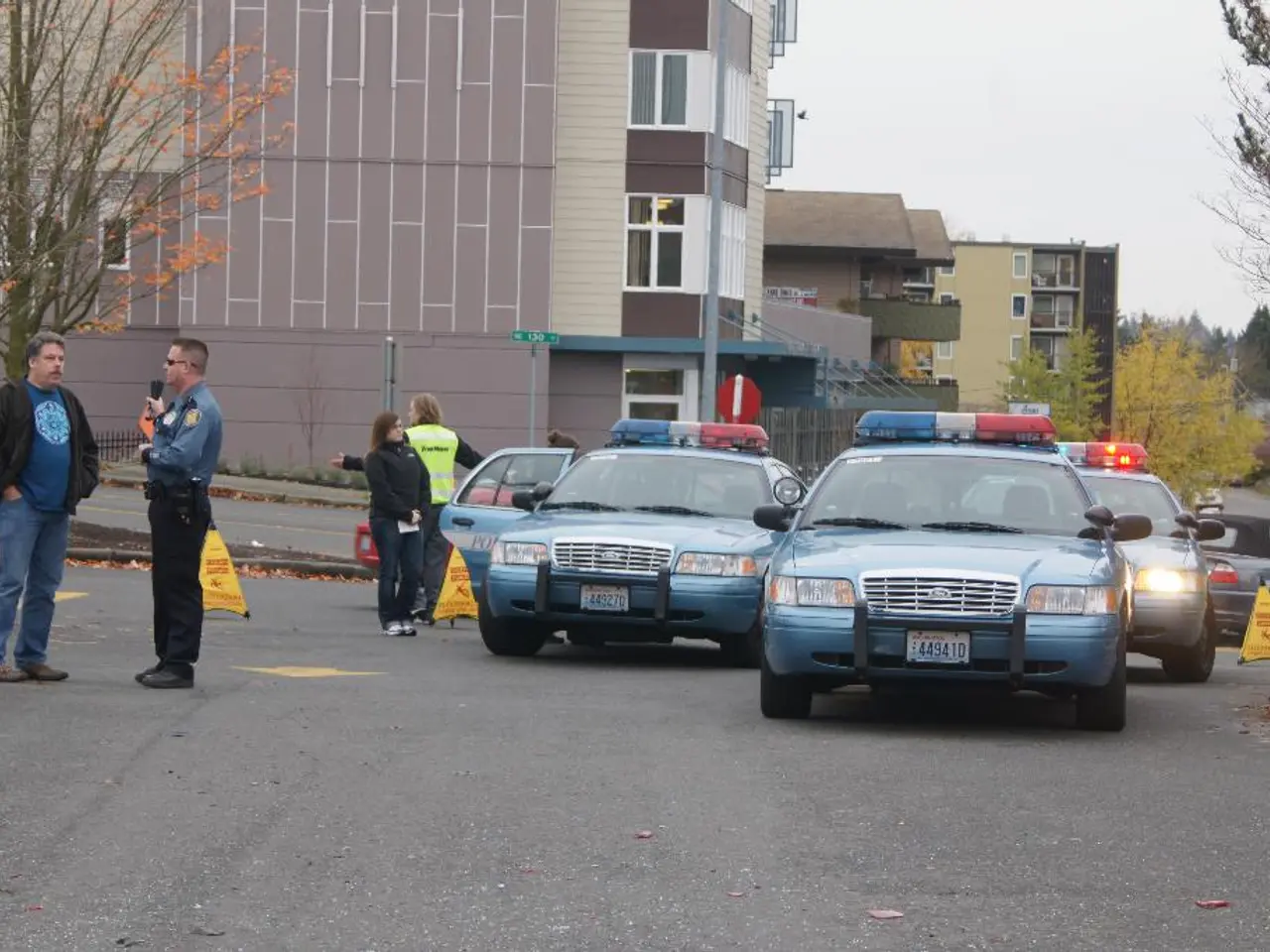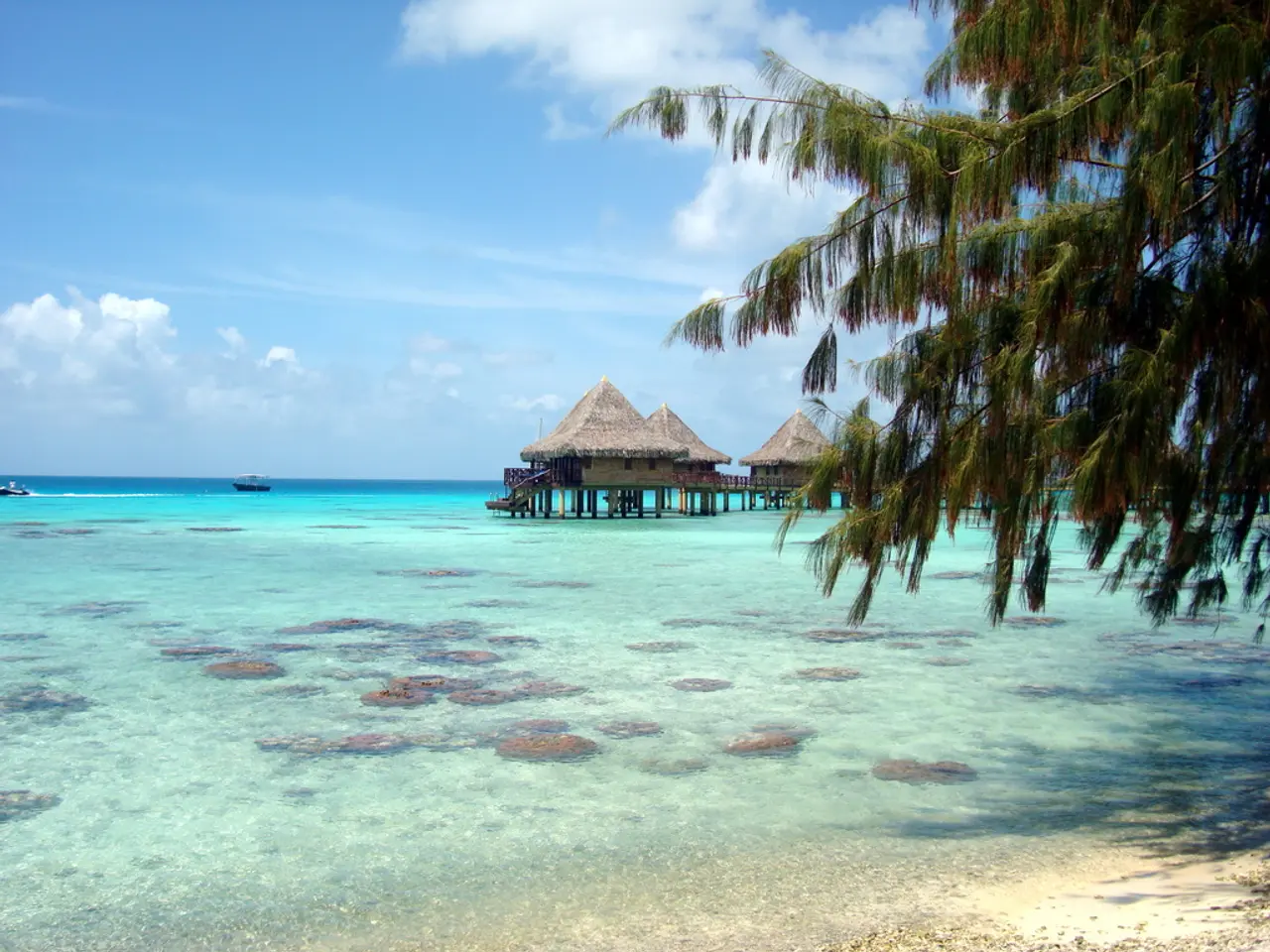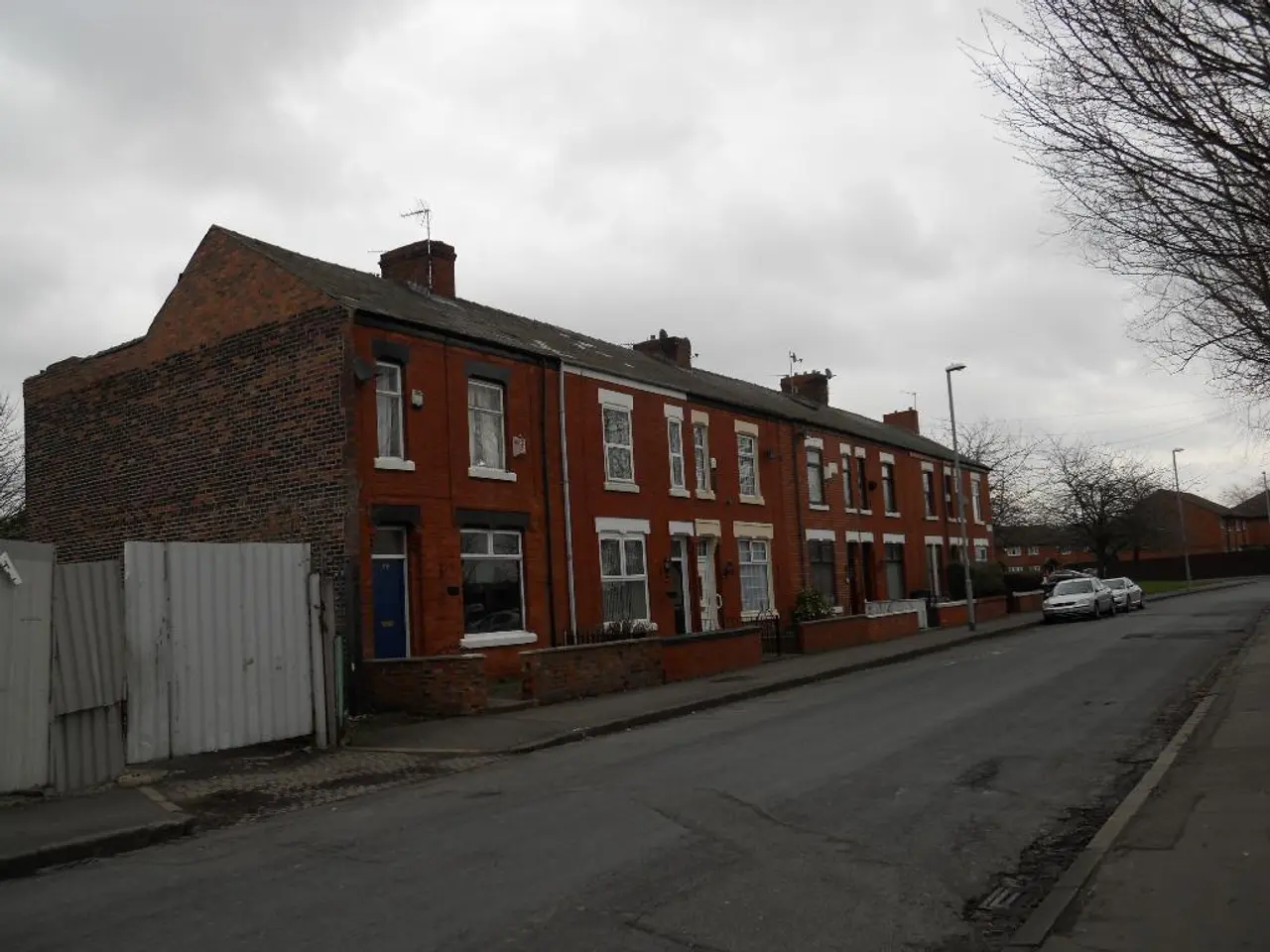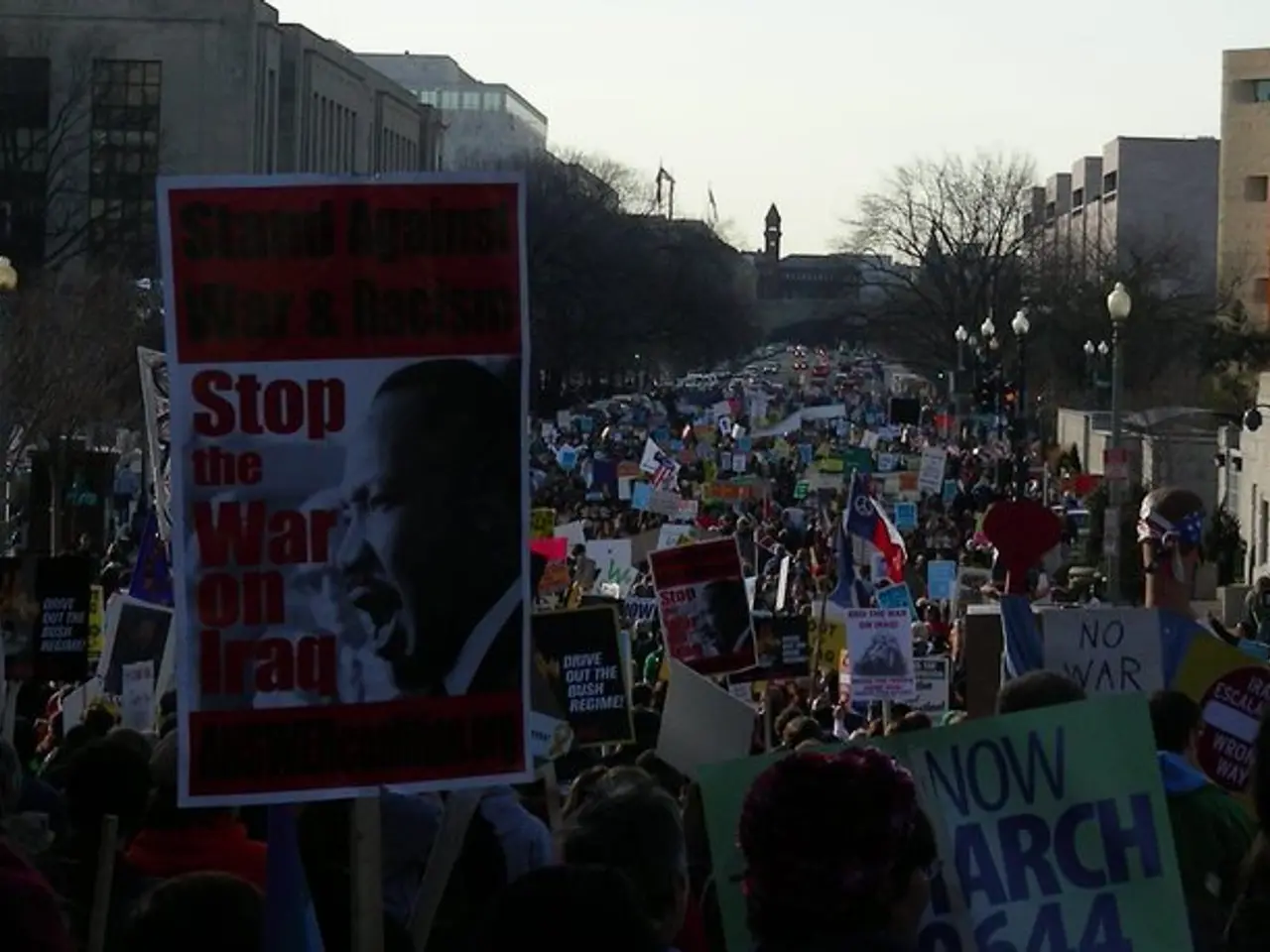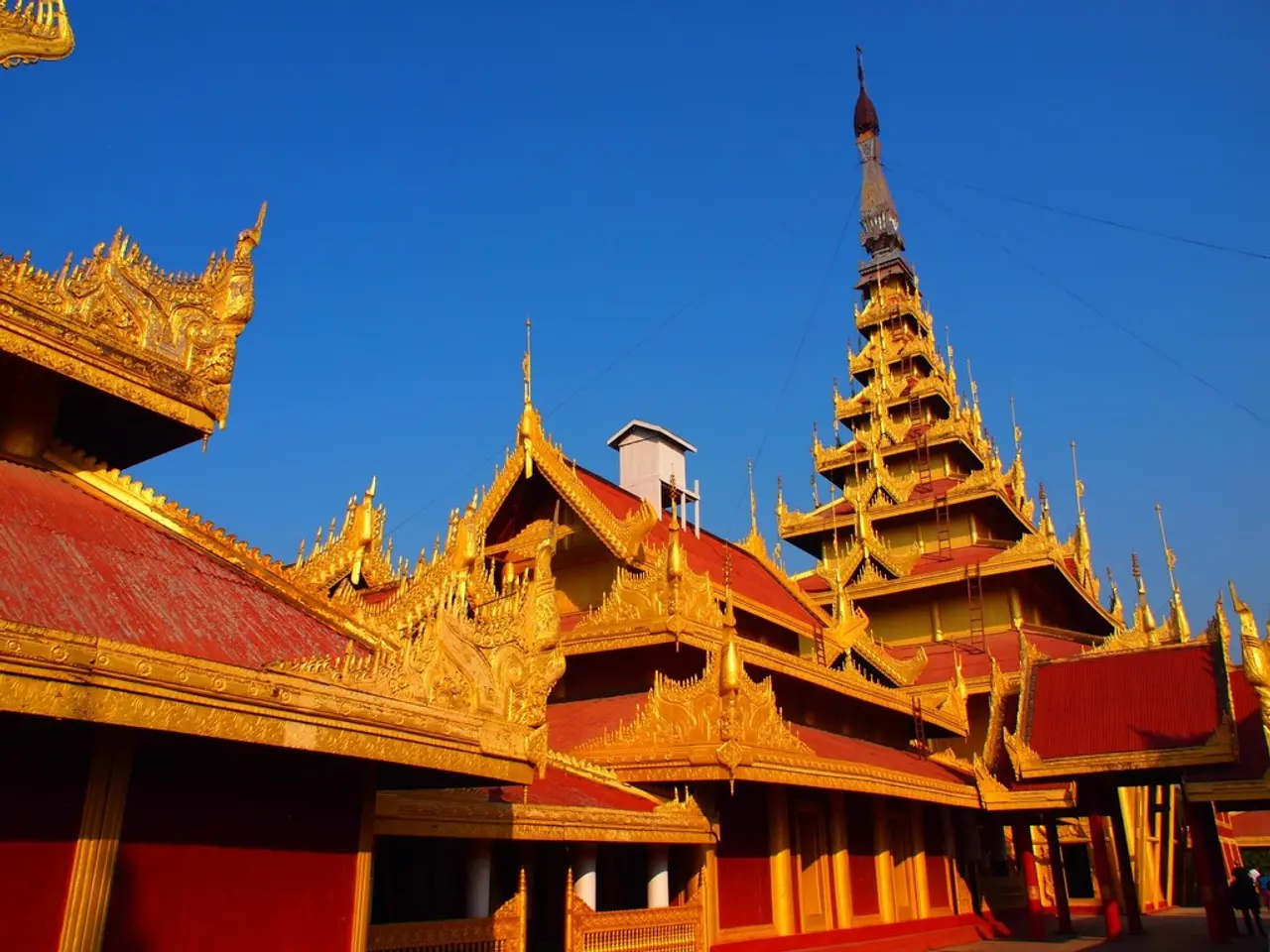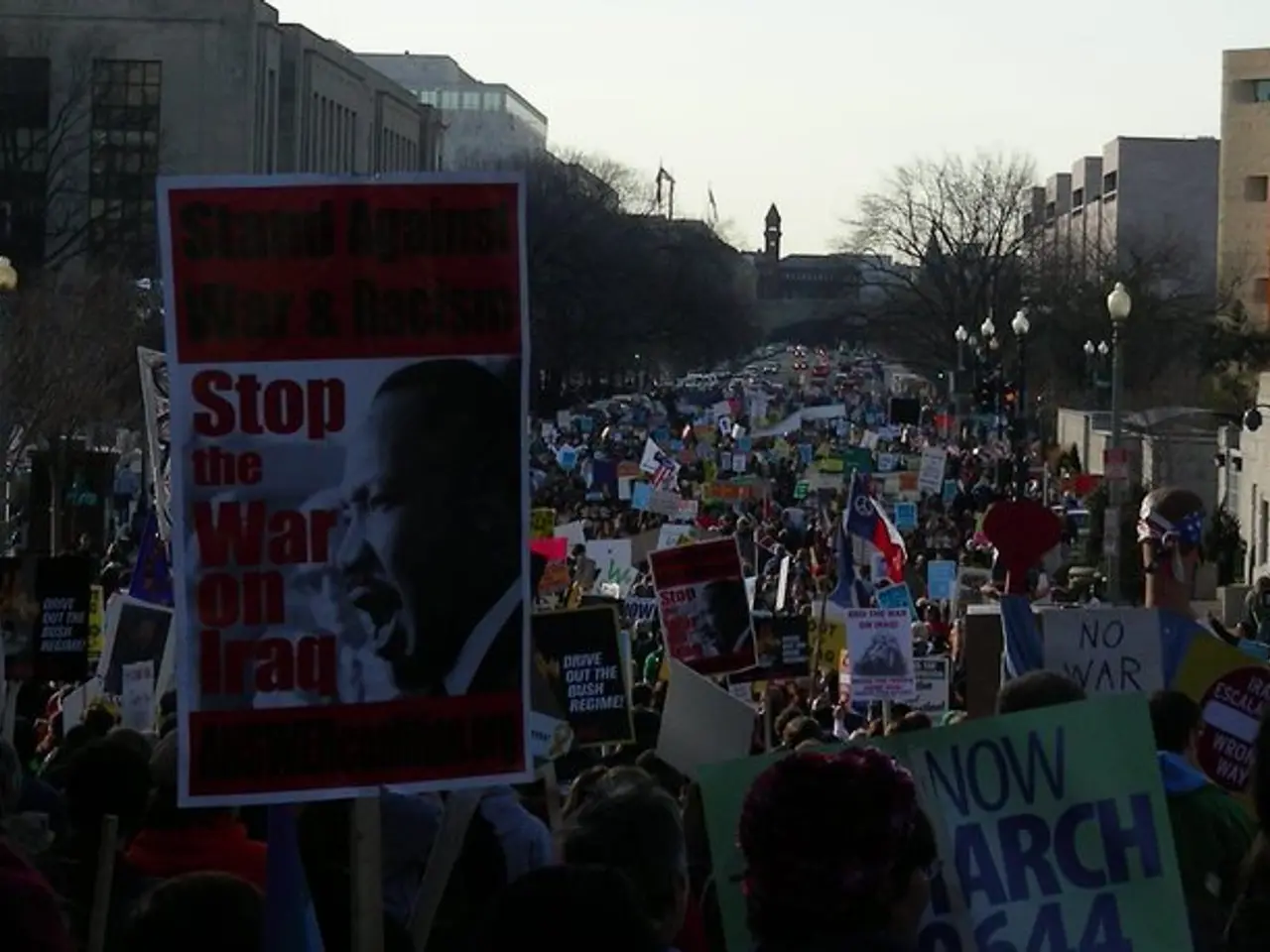Iceland's Volcano Eruption Comes to a Close Following Three Weeks
The Reykjanes Peninsula in southwest Iceland has been the site of repeated volcanic activity since 2021, with the latest eruption occurring on July 16. This eruption, like its predecessors, was a fissure eruption, characterised by lava shooting out of elongated cracks in the earth rather than a typical volcanic cone.
The eruption, which took place southwest of the capital city, Reykjavik, has now ended, according to the Icelandic Meteorological Office, who announced the cessation of volcanic activity in the afternoon on July 16. This was the twelfth eruption in the region since March 2021.
The Reykjanes Peninsula, sparsely populated, has seen nine previous eruptions since late 2023. Despite the eruption being over, it is crucial to maintain a safe distance from the lava field. The Meteorological Office has warned that entering the newly formed lava is life-threatening due to the risk of surface crust collapse and glowing lava beneath.
These fissure eruptions have caused ongoing hazard and risk management challenges. Due to continued volcanic unrest and new magma intrusions, Icelandic authorities have updated hazard maps and assessment methodologies to cover a wider area on the peninsula and inform prevention and response efforts.
Each fissure eruption has added new volcanic deposits and reshaped the local terrain, contributing to the active and evolving volcanic system on the peninsula. This includes the formation of new volcanic craters and lava fields.
Eruptions have periodically led to evacuations, particularly around tourist destinations, and pose ongoing risks to residents and infrastructure, requiring enhanced monitoring and contingency planning. The Icelandic Meteorological Office, responsible for natural hazard monitoring, has emphasised continuously developing volcanic hazard assessment to adapt to the dynamic activity, reflecting the long-term volcanic risk in the region.
The long-term effects of the fissure eruptions on the Reykjanes Peninsula since 2021 involve persistent volcanic activity altering the landscape and requiring sustained hazard monitoring, risk management, and regional adaptation to volcanic hazards. The ongoing activity has resulted in geological and landscape changes, disrupted local activities, and necessitated improvements in volcanic hazard monitoring.
[1] Icelandic Meteorological Office. (n.d.). Volcanic Activity in Iceland. Retrieved from https://en.vedur.is/articles/volcanic-activity-iceland [2] BBC News. (2021, March 20). Iceland volcano eruption: Lava flows from new fissure. Retrieved from https://www.bbc.com/news/world-europe-56368865 [3] The Guardian. (2021, March 20). Iceland volcano erupts for first time in eight years. Retrieved from https://www.theguardian.com/world/2021/mar/20/iceland-volcano-erupts-for-first-time-in-eight-years
- The ongoing fissure eruptions in the Reykjanes Peninsula, including the one that occurred on July 16, 2021, are significantly impacting the local environmental-science, causing geological changes and requiring continued hazard monitoring.
- As the Reykjanes Peninsula's volcanic activity continues to influence the region's weather patterns, scientists study the impact of the eruptions on the climate and meteorological conditions, shedding light on the broader implications of such environmental events.
